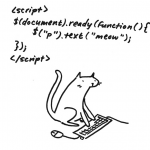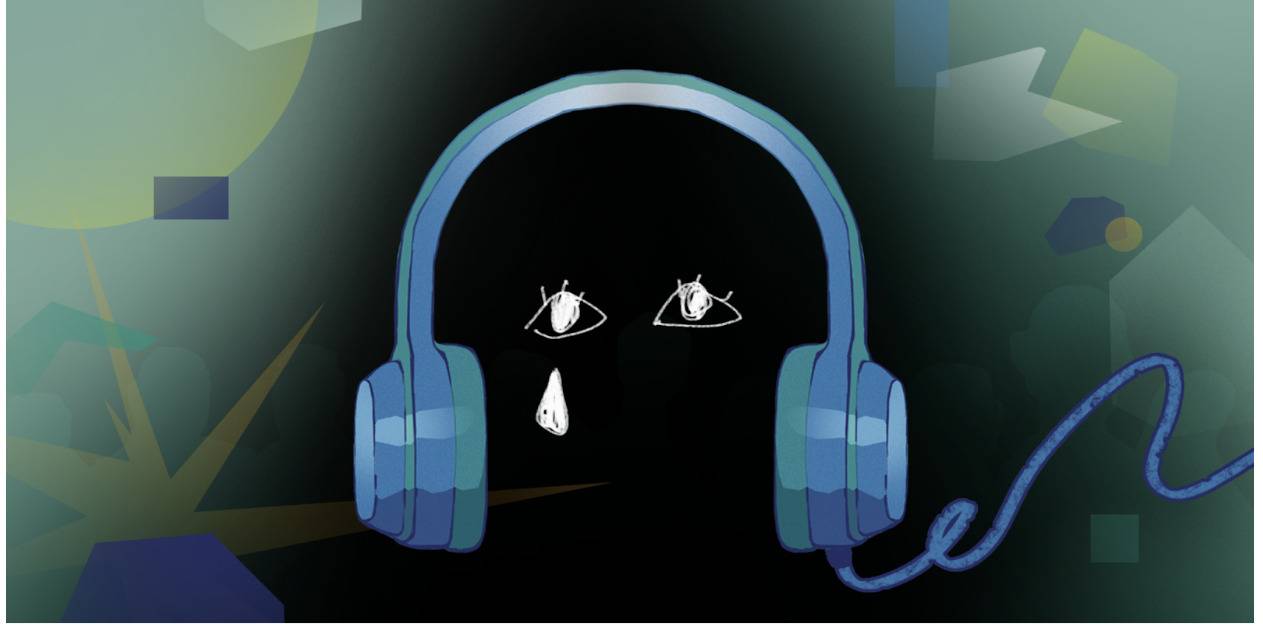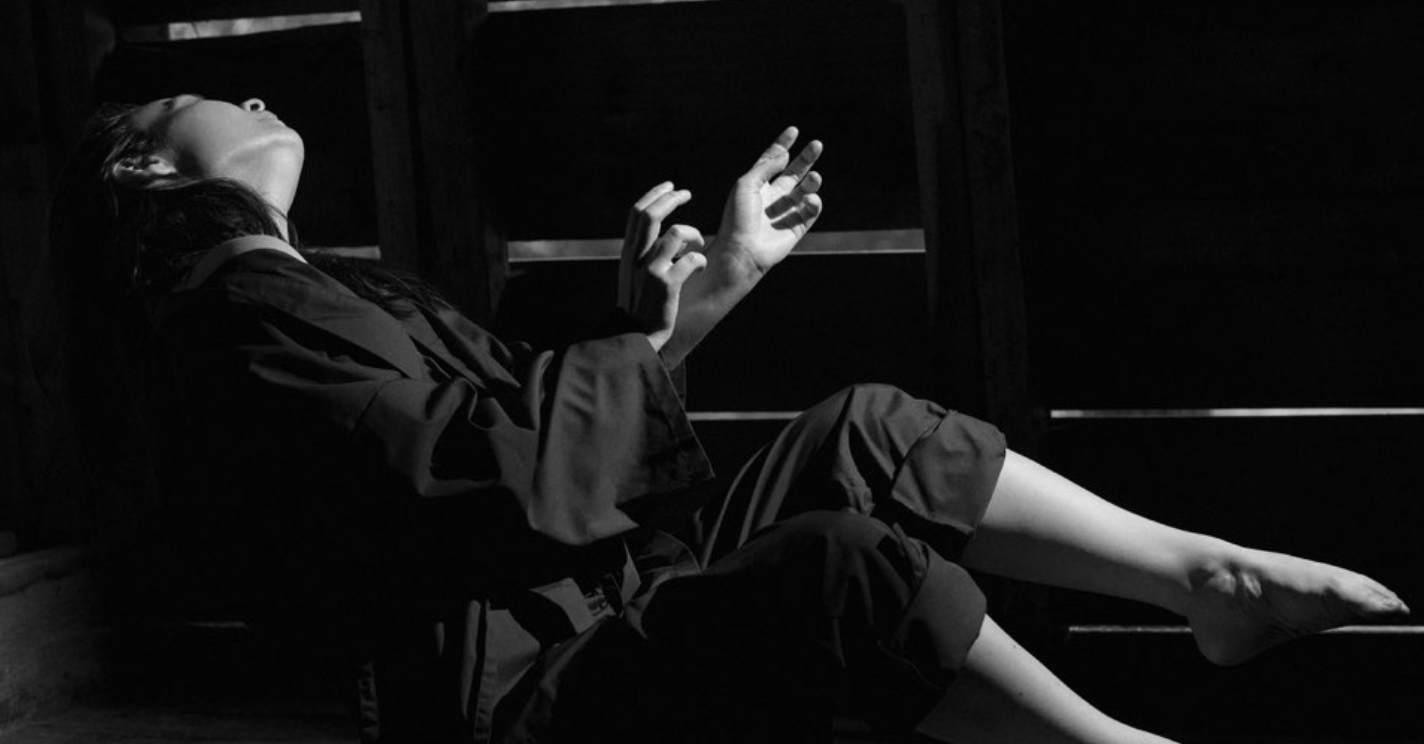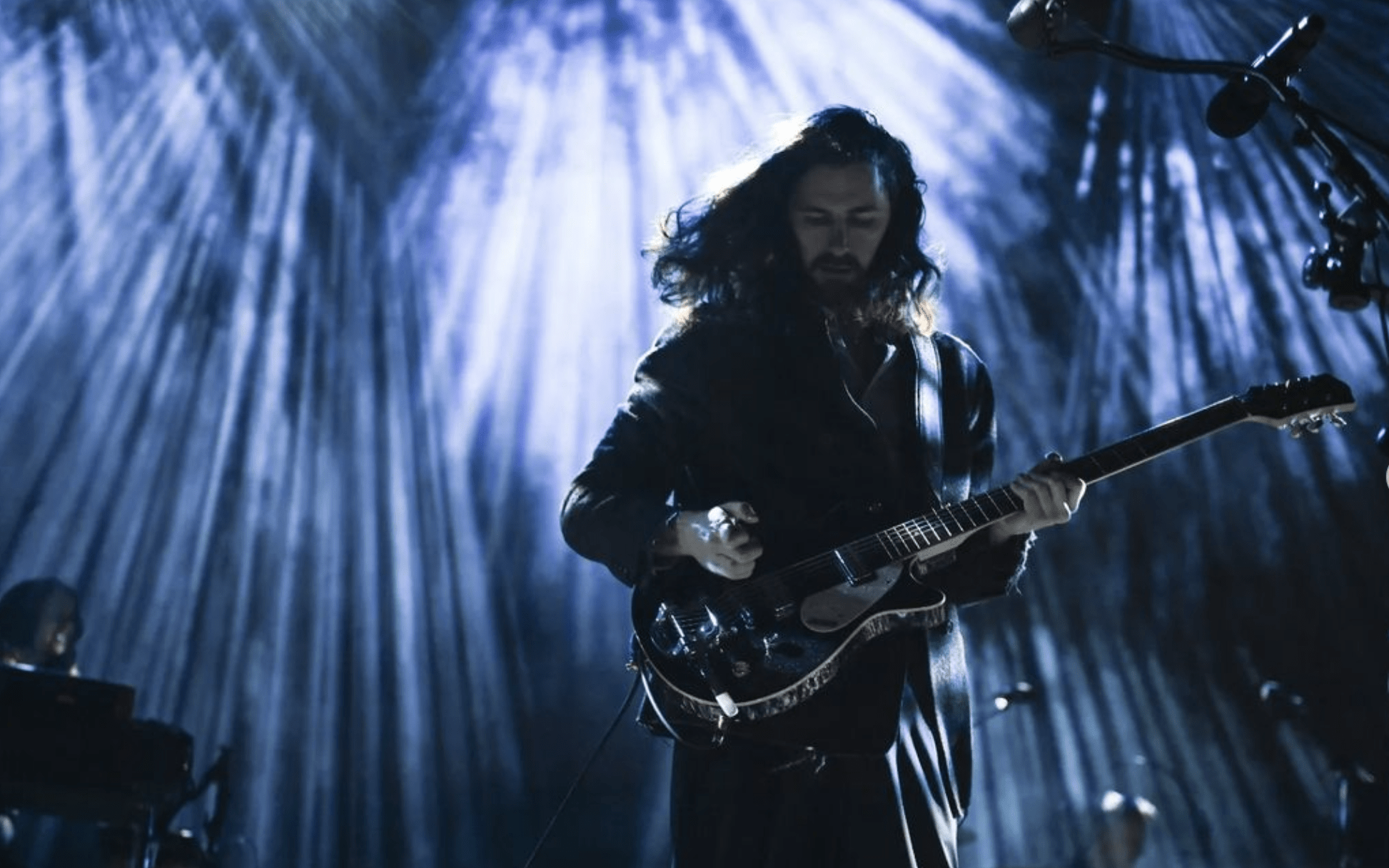The main highlight (or positive slap in the face) came from the Jazz Links program. Jazz Links is an initiative of the Jazz Institute of Chicago that seeks to support and encourage young jazz artists to become professional musicians. It gives them a chance to perform in venues and festivals, as well as provides them with training and work opportunities.
Dumbleton confirmed that Chicago’s young jazz generation is keeping busy: “Jazz Links does a regular series at the Drake Hotel, and also has jam sessions at the Cultural Center,” she explains. “Those kids get a lot of opportunities to play, and you can tell that they have such professional demeanors.” This is precisely what is striking about these young people: their professionalism. Representing Jazz Links at the Hyde Park Jazz Festival, Tony Milano Quartet blew the audience away. Trumpet player Is Burns, an astounding mini version of a jazz superstar, played beautifully despite having a plaster cast on his arm, which I only noticed halfway through the performance.
Jazz in Chicago is on good terms with the younger generations and many educational opportunities are available around town at diverse levels. “There are a lot of Jazz Studies programs at a college level,” explains Dumbleton, “BAs at DePaul, Roosevelt, Columbia.” The Music Institute of Chicago, the Bienen School of Music at Northwestern University, and Loyola University also offer Jazz Studies program.
Dumbleton enlightened me about even more bands that I had missed; 32 acts in 11 different venues makes it difficult to see it all. Ken Wandermark’s Ensemble Music of Midwest School was one of the director’s many personal favorites this year. “It really honors those older composers who were so radically creative in the 60’s,” she says, “in terms of the way they pushed aside expectations of black practice and explored integrating all sorts of musical histories into these compositions. That is a set of histories that had been kind of left out of the Hyde Park Jazz Festival in the past.”
Ken Wandermark’s Ensemble, in which he plays with nine other renowned music improvisers, explores the music of the Association for the Advancement of Creative Musicians (AACM). Founded in 1965, the AACM sought to support primarily black creative musicians, and more specifically, strived to help them create and perform independently and in a self-directed manner. Involved in educational and community programs, the AACM also addressed social and political concerns. The origins and evolution of jazz are hard to dissociate from politics and struggle for equal rights.
But, does jazz still have this political dimension? “I feel like jazz is fundamentally about communication,” answers Dumbleton. “I think that jazz was protest music forever, Billie Holiday’s “Strange Fruits,” [for example.] Bessie Smith’s music and free jazz were both musical and political pursuits.” Jazz can be literally political (that is, have political lyrics), but it can also bear its political essence in its form, and in its organization. Dumbleton explains: “To me, what I think is most interesting is this continuum of self-organizing, autonomous self-production. This is a very political conversation. Those artists are fundamentally developing the capacity to distribute their own work, put together their own concerts and frame their artistic pursuits.” This self administration in music is another legacy of the AACM: “they sprung self production in the 60’s, they had their own record labels, they presented their own concerts, marketed their own concerts, they had these utopians concepts written in their charters,” she describes.






















